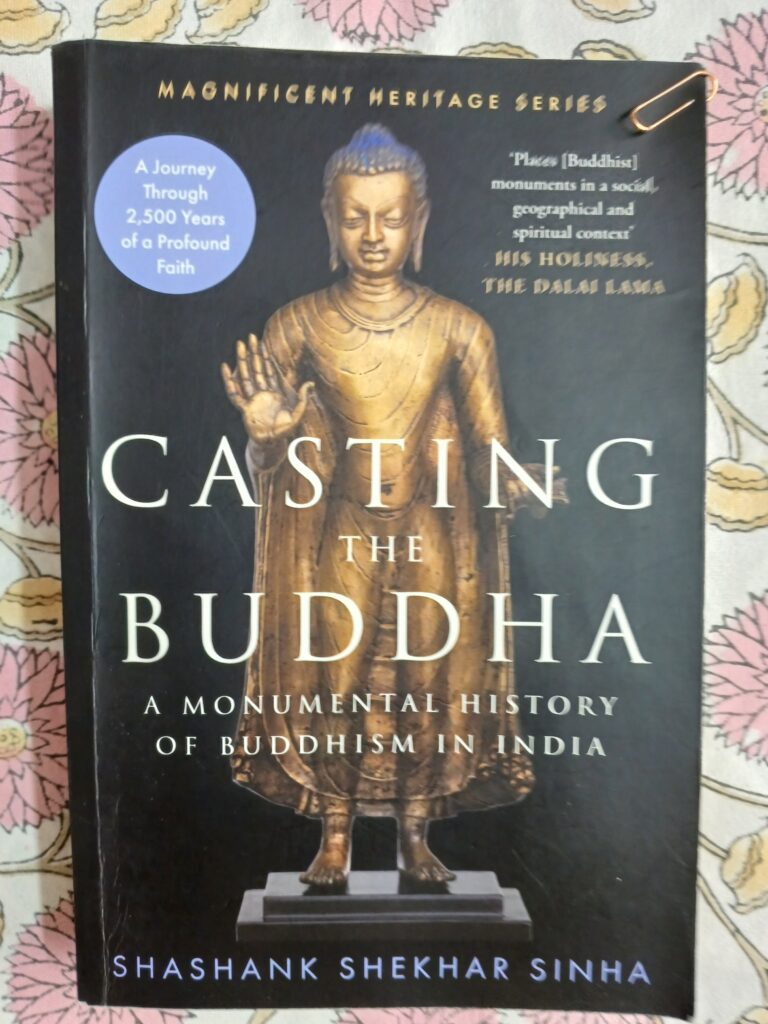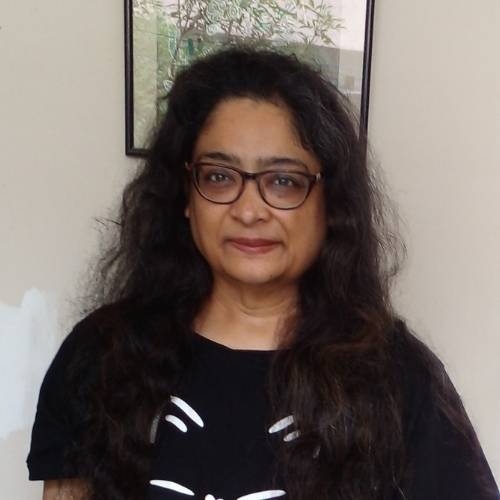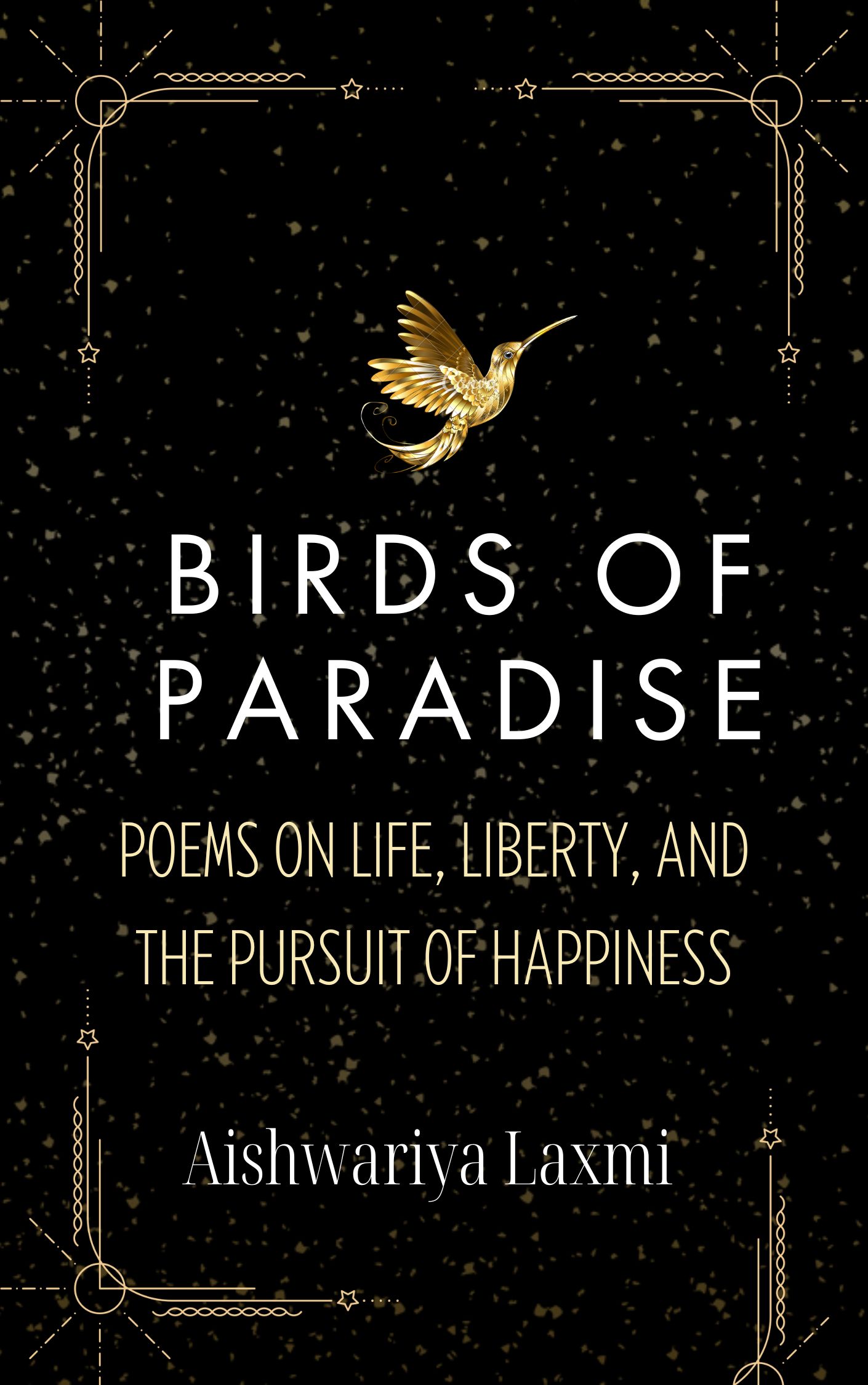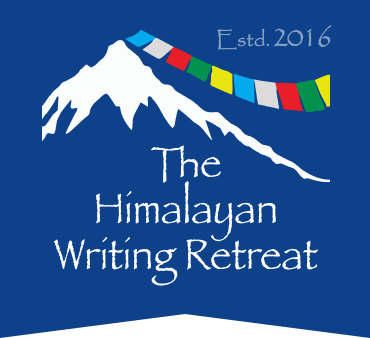Book Review by K.S.Loganathan
Macmillan 2024
Shashank Shekhar Sinha is a researcher in monuments , heritage and cultural studies .In this book, he deals with the history of Buddhism in South Asia with a special emphasis on monuments , images and relics, particularly those that are now UNESCO World Heritage sites. Monuments are physical sources of history that reflect the art, architecture and culture of a particular period. He adopts a multidiscipinary approach to present heritage sites within their larger geographical, sociocultural and historical contexts. The book contains 400 pages with 101 figures including black -and- white photographs taken by the author and five layouts of heritage sites ,besides 494 references.
The first part of the book with 158 pages of text covers the emergence of the Buddha, stupas, images, and monastic complexes. Gautama Buddha (Sanskrit: “Enlightened One” ) who lived between 563- 483 BCE, was a Shakya prince who turned ascetic and meditated beneath the Bodhi tree ,where after temptations by Mara, he realized the Four Noble Truths and achieved enlightenment. At Sarnath, he preached his first sermon to his five companions, outlining the Eightfold Path, which offered a middle way between indulgence and asceticism and led to the liberation of nirvana. His five companions became bhiksus(monks) in the Sangha or Buddhist order. After the Buddha’s death in Kusinara ,his body was cremated ,and stupas were built over his relics, which were later collected ,distributed, and enshrined in various stupas by Emperor Ashoka and other kings. The stupa became a symbol of Buddhist Dhamma and an essential part of monasteries.
In the centuries after the Buddha’s death, his teachings were at first transmitted orally resulting in various interpretations and the establishment of 18 different Buddhist schools of thought, chief of which are the Theravada, Mahayana, and Vajrayana vehicles .These eventually reached every corner of Asia , spread by travelling monks and absorbing on the way folk religions ,animism , meditative practices and tantrism, and creating bodhisattvas( compassionate saviours) , Taras (wives), the Jataka Tales and the cult of past and future Buddhas and mandalas. Gandhara Art combines the stylistic influences of the Hellenistic, Persian, Kushana cultures in the trans -Himalayan regions. Five important events in the Buddha’s life- birth, redemption, enlightenment, first sermon and death- are symbolically and stylistically presented in the stupas. The worship of the Buddha and bodhisattvas in the form of human images based on Hindu, Greaco-Roman and Chinese origins found expression in Buddhist art and architecture over the centuries. The Buddha was also believed to live in the medieval monasteries and was considered the owner of the property.

Besides royal patronage ,the monasteries drew support from prosperous traders on the principle of donations as a means to nirvana. With the revival of Hinduism via the Bhakti movement, invasions by Hunas, Afghans, Arabs and Turks and a fall in the numbers of merchant exporter disciples due to trade route changes, Buddhism gradually declined in India starting from the tenth century CE and it became a regional faith.
The second part of the book contains detailed information on the UNESCO Heritage sites at Bodh Gaya, Sanchi, Ajanta Caves ,and Nalanda Mahavihara. These are invaluable for tourists and pilgrims intending to travel to these sites .They also raise the public awareness of the restoration and conservation efforts by multiple stakeholders to ensure that the site maintenance reflects societal values and secular concerns. Particularly the pulls of international donors, local identity and refugee politics, and commercial interests are significant.
The last part of the book expresses optimism that Buddhism is making a comeback with Tibetan diaspora, Neo- Buddhists and international interest ,although no statistics of the faith are presented.
My Views
Buddha’s enlightenment was not a revelation of the divine, but were a means to deal with the world’s suffering, based on causality and logic. Buddhism is the fourth largest faith in the world with 507 million followers ( about 7% of the population ). Although the number of Buddhists in India may not be significant , the teachings of Buddhism continues to be etched in the collective memory of Indians. It is also a link to the rest of Asia and a component of India’s soft power. In this context, the appearance of this book is timely.
However a few shortcomings of the book must be rectified in future printings. The first part contains numerous repetitions of historical information which were already presented in another context. It is irritating in a single-author volume although it may be tolerated in anthologies or lectures. A timeline and a glossary of Buddhist terms can help the reader and avoid duplication.
The photo captions could be more descriptive and highlight the special features of the sculptures to guide the tourist. The pages with figures are not numbered although they appear within the chapters; this causes some recto pages to carry even numbers and some sections to begin on the verso pages. The author repeatedly mentions ‘Christian Era’ whereas it should be ‘ Common Era’.
This book is a welcome addition to the Magnificent Heritage Series. It helps the readers keep abreast of various developments and enables them to participate in discussions on matters of importance in identity, tradition ,heritage and maintenance of historical sites.
Thank you, Pan MacMillan for the review copy.





